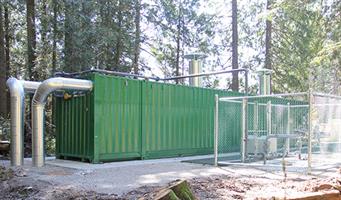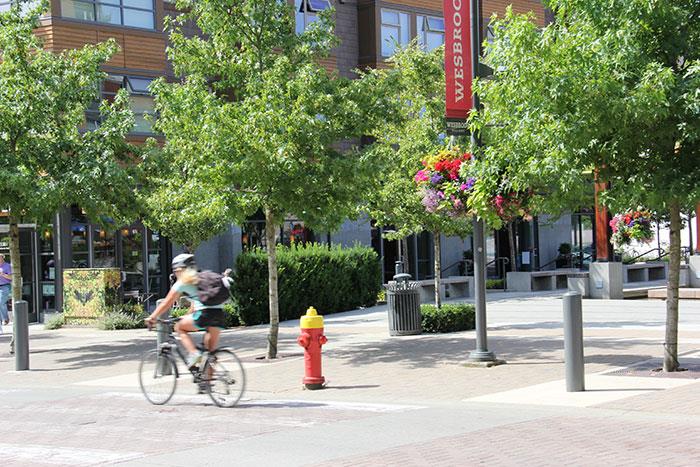The Client
The University of British Columbia (UBC) is consistently ranked one of the top public universities in the world and the first university in Canada to adopt a sustainable development policy in 1997. As a leader in sustainability and climate action, UBC is using its land, assets and utilities as a hub for sustainability innovation.
The Opportunity
UBC has a vision for a complete live, work, learn community that demonstrates its commitment to sustainable development as the residential neighbourhoods on its Vancouver campus grow and expand. With the population expected to increase to 24,000 residents by 2041, UBC developed a Community Energy and Emissions Plan (CEEP) to address a reduction strategy for energy use and Greenhouse Gas (GHG) emissions and committed to reduce 85% of campus operating emissions by 2030, with a similar pathway for the residential neighbourhoods being developed on UBC Endowment Lands.
The Solution
A Neighbourhood District Energy System (NDES) was identified in UBC’s CEEP as a key mechanism to achieve significant carbon savings for its Wesbrook, Stadium and Acadia neighbourhoods and in 2015, following completion of the feasibility and due diligence assessment of the system, CORIX and UBC signed an agreement to implement the NDES.
 The Energy System
The Energy System
The NDES utilizes centralized infrastructure to provide space heating, domestic hot water and make-up air requirements to UBC’s residential neighbourhoods. The project is structured with a phased, nodal approach including strict environmental and cost-saving considerations that adhere to UBC’s Residential Environmental Assessment Program (REAP). As part of the first phase of the project, two high-efficiency natural gas Temporary Energy Centres (8 MWt and 6.5 MWt) currently service the Wesbrook neighbourhood, or “node”. As density increases, additional low-carbon capacity will be added and nodes connected with the goal of beginning to decarbonize the system in 2025 to meet the REAP requirements. Initial feasibility studies identified waste heat as the primary source of low-carbon energy, including waste heat captured from TRIUMF advanced physics facility, local sewers, and from cooling. A combination of air-source heat pumps, electric boilers, renewable natural gas (RNG) and waste heat recovery are currently being evaluated for implementation in 2025.
